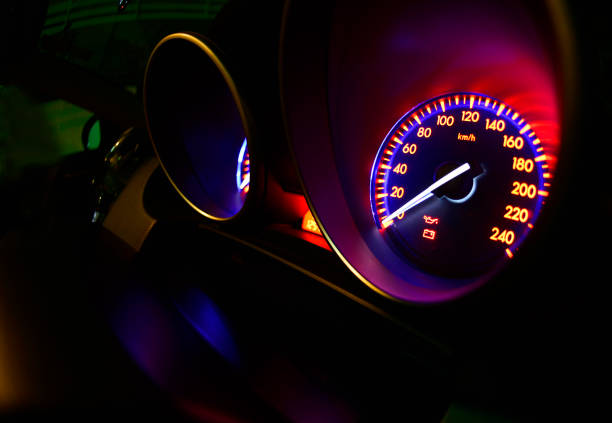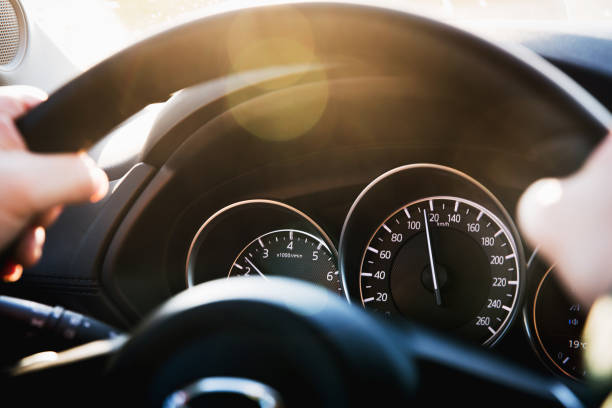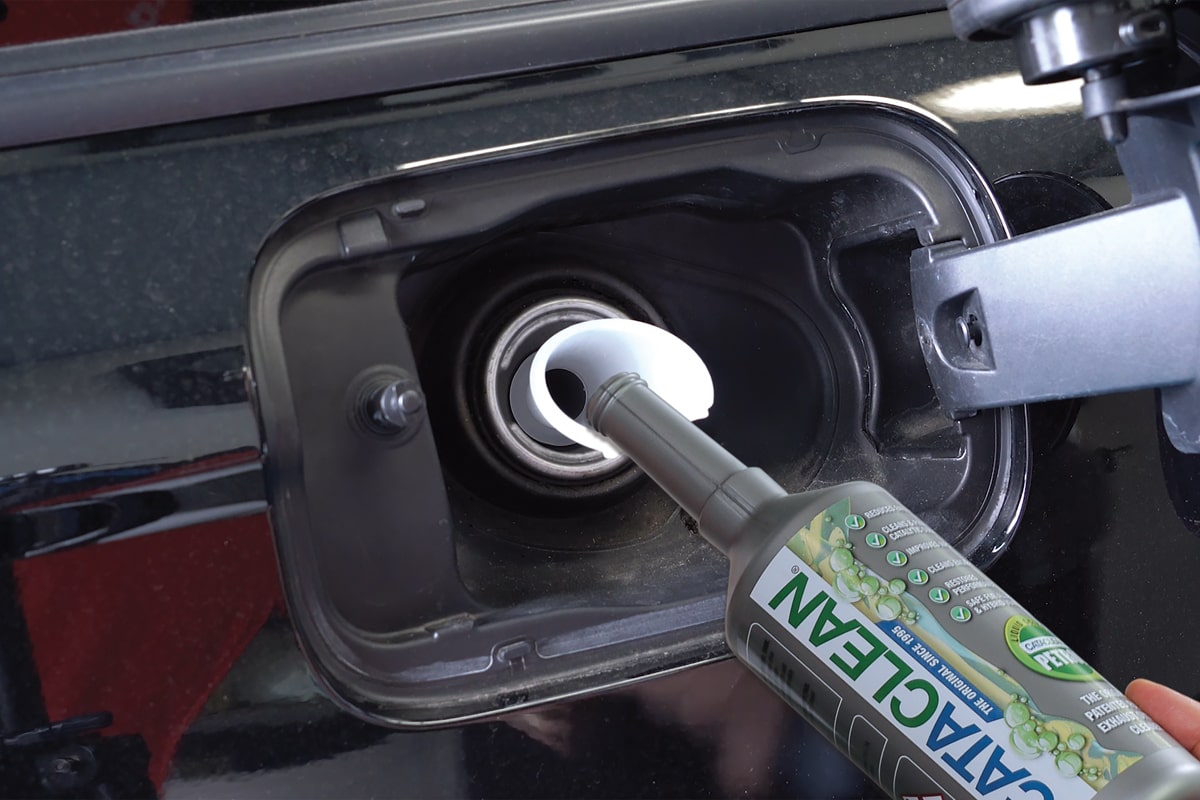What Is “Rev Matching’ and Is It Necessary?
Hey, racers! Do you know what is rev matching on the car? If you still don’t, this topic is for you. Rev matching is a crucial skill every driver should know when driving a manual vehicle. So is rev matching good for your car? Everything will be made clear below:
What Is Rev Matching?
Rev matching or what you can call heel-and-toe downshifting is a driving technique used on cars with manual transmissions in which you touch on the accelerator when you’re changing down a gear and just before you re-engage the clutch. Rev matching is a term that describes the adjustment of RPM (engine rotation) to match the vehicle’s speed to make the upshifts/downshifts smoother. For example, if your car is in 4th gear with the engine speed reaching 8,000 rpm, and if it is in 5th gear with the same speed, the engine speed will decrease to only about 6,000 rpm. That means when you are in 4th gear at 80 km/h and shift to 5th gear, the driver must reduce the throttle from 8,000 rpm to 6,000 rpm before releasing the clutch. This way your car will not jerk.
Rev matching is a technique used to change gears smoothly and with minimal disruption to the car’s balance. So is it well worth doing the rev matching manual?
Please note that rev-matching will only work for an actual manual transmission so If you have an automatic gearbox, rev-matching isn’t needed as there is no meshing of gears or dogs.

Is Rev Matching Good For Your Car?
Generally, it isn’t bad to rev-match since it helps to reduce clutch and engine wear. Rev matching while downshifting (particularly when going uphill) will make the drive less jerky and is inherently less hard on the clutch. Especially when driving at high speed on the track, using the Rev Matching skill combined with the Quickshifter system will bring high efficiency in every corner and reduce engine braking force when shifting gears quickly, eliminating the dangerous rear wheel jerk.
In addition, if you have mastered rev-matching, the benefits it gives will not only help your car not jerk, but the engine will not jerk and shift smoothly. This skill also reduces the wear of the transmission system, is good for the engine, and if done correctly, there will be no burning or broken gearboxes. Have you ever wondered why rev-matching helps the car shift gears more smoothly and easily?
The function of the transmission is to help the vehicle move smoothly at different speeds. The design allows each gear to be suitable for only an optimal engine rpm range, corresponding to the actual speed range of the vehicle. At a certain gear level, the faster the engine rotates (high rpm), the faster the vehicle will speed up to the point where it is necessary to shift to a higher gear.
There is always a range of rpm at which the car achieves optimal efficiency called the power band, this is the point at which the car accelerates the fastest regardless of the gear. When reaching the appropriate power band threshold (yellow) for acceleration, the driver shifts to a higher gear, for example from 2nd to 3rd gear. The transmission is designed so that at the same speed when shifting from 2nd to 3rd gear, the rpm will start to fall into the effective range. If in 2nd gear, the rpm is almost at the end of the yellow range, then when shifting to 3rd gear, the rpm will start in the yellow range. Thanks to that, in every gear, the vehicle achieves optimal acceleration.
Before driving a corner, the driver needs to shift to the appropriate gear to help the car have traction when turning, but at the same time to allow for optimal acceleration when exiting the corner. However, if the selected gear is released immediately, three phenomena will occur: the engine brake suddenly increases, the wheels may lock, and the weight is suddenly shifted forward, all of which do not make the driver or passengers feel comfortable. To overcome this issue, the skill of “rev-matching” is required.
One thing to note is that this skill should not be abused, it should only be used at the right time to see obvious results.
How To Rev Match Effectively – 5 Easy Steps

If you want to have a smooth operation or transition, especially when you’re downshifting, you should apply rev-matching. It does sound good when you rev-match downshift on the street so how do rev-match like a pro?
Step 1: Brake
First, you need to determine the gear you are driving in before entering the corner. When preparing to enter the corner, lift your right foot off the accelerator pedal and quickly move to the brake pedal with the appropriate force, at the same time, put your right hand on the gear lever, and hold the steering wheel firmly with your left hand.
Place your left foot onto the clutch pedal if it is resting off to the side so you are ready for the next step.
Step 2: Clutch in, shift to N
Depress the clutch quickly while shifting the gear lever to N and downshifting.
While shifting to N, release the clutch quickly. You should be braking throughout this step.
Step 3: Blip the throttle
While the right toe is on the brake pedal, turn the heel to the accelerator pedal and quickly press about 40-70% of the way (while releasing the clutch).
The goal is to create the necessary rpm for the next gear lower so the rear end of the car does not become unstable when downshifting. After releasing the clutch, lift the heel off the accelerator pedal while keeping the toes on the brake pedal.
Step 4: Downshift and release clutch
Depress the clutch and quickly downshift from the previous higher gear while quickly and gently releasing the clutch. This takes practice to master as each vehicle has a different system. Keep the brake pedal pressed while doing this.
Step 5: Repeat if a lower gear is required
Repeat steps 2-3-4 while still applying the brake pedal to enter the corner if a lower gear is required.
Do not attempt to downshift faster than the vehicle can handle as this will cause instability and risk damage to the transmission.
Once the braking and downshifting are complete and you are in the corner, take your foot off the brake pedal and onto the accelerator pedal to accelerate out of the corner.
You can practice each step separately in the beginning which could help in getting familiar with the motion. When you’re familiar with the motion, try to time them together with smoother action.
Watch more:
Final Thoughts
Changing gear smoothly is an important skill for any car driver with a manual gearbox but sometimes it can be difficult to change down to a lower gear without annoying jerk. Rev matching can help in this circumstance. If done correctly, rev-matching will help a lot in vehicle control, rapid deceleration, and sudden acceleration to make overtaking easier, or combined with braking to decelerate more safely. Hopefully, today’s topic will help you understand this term better.














